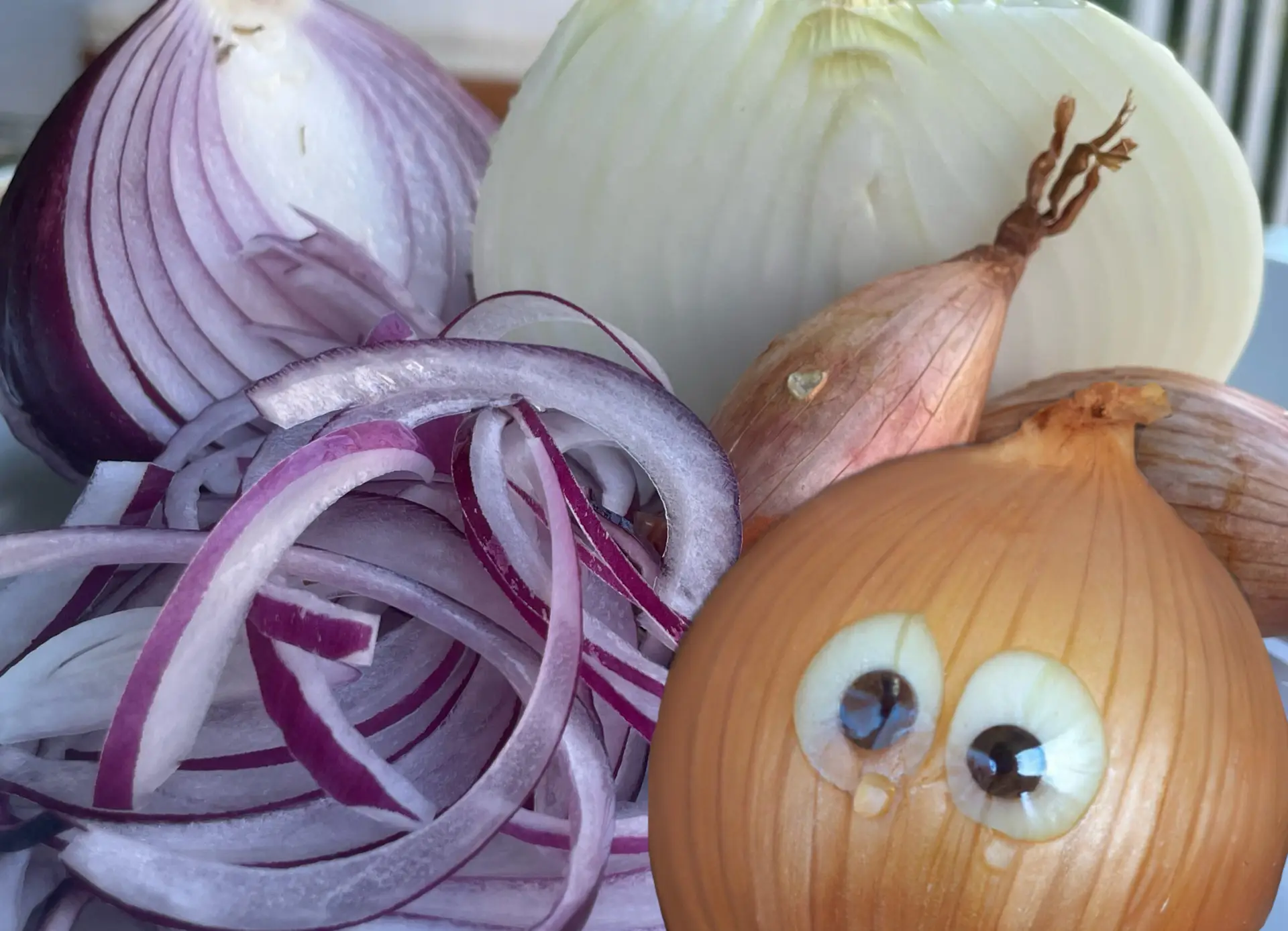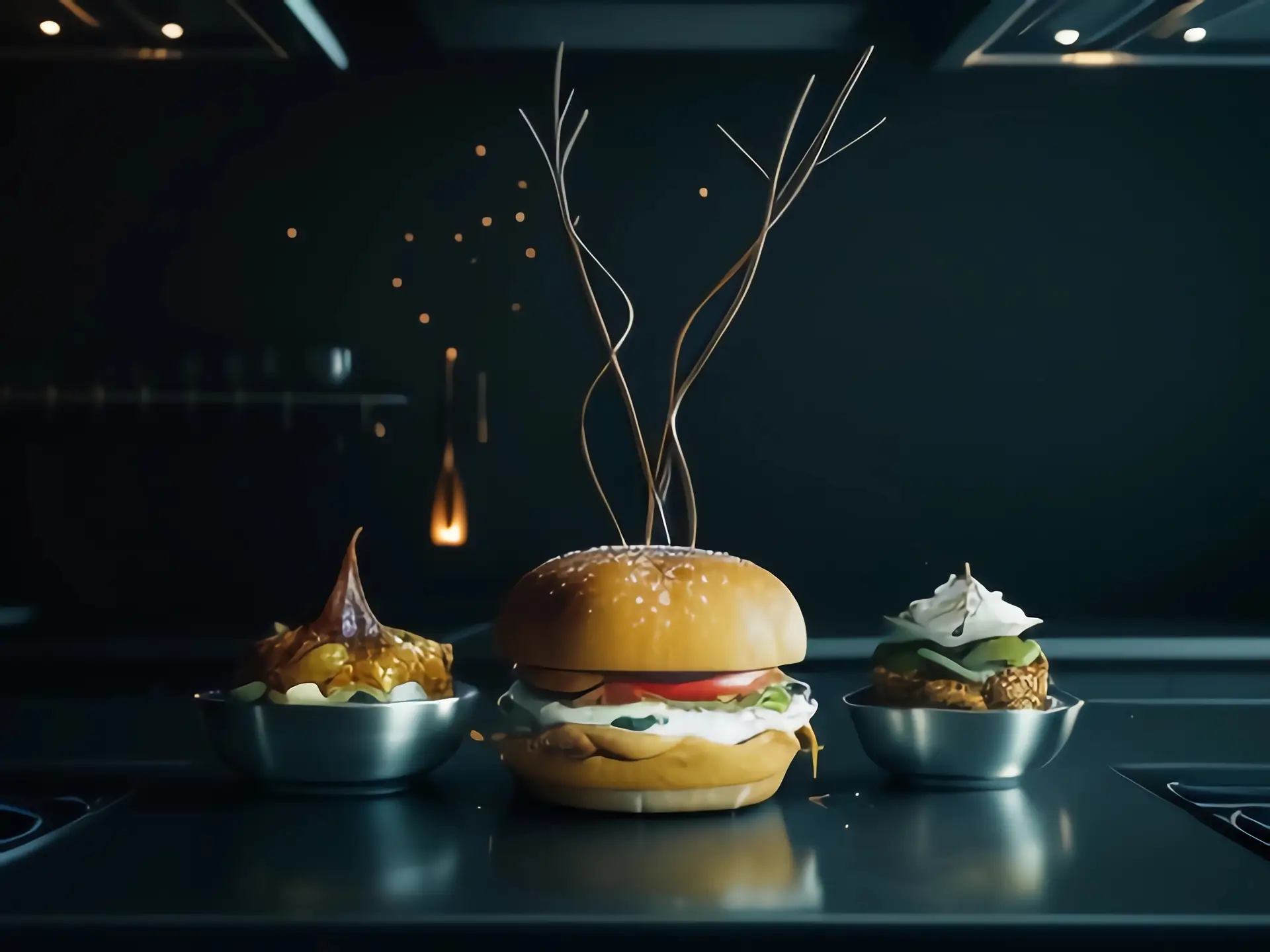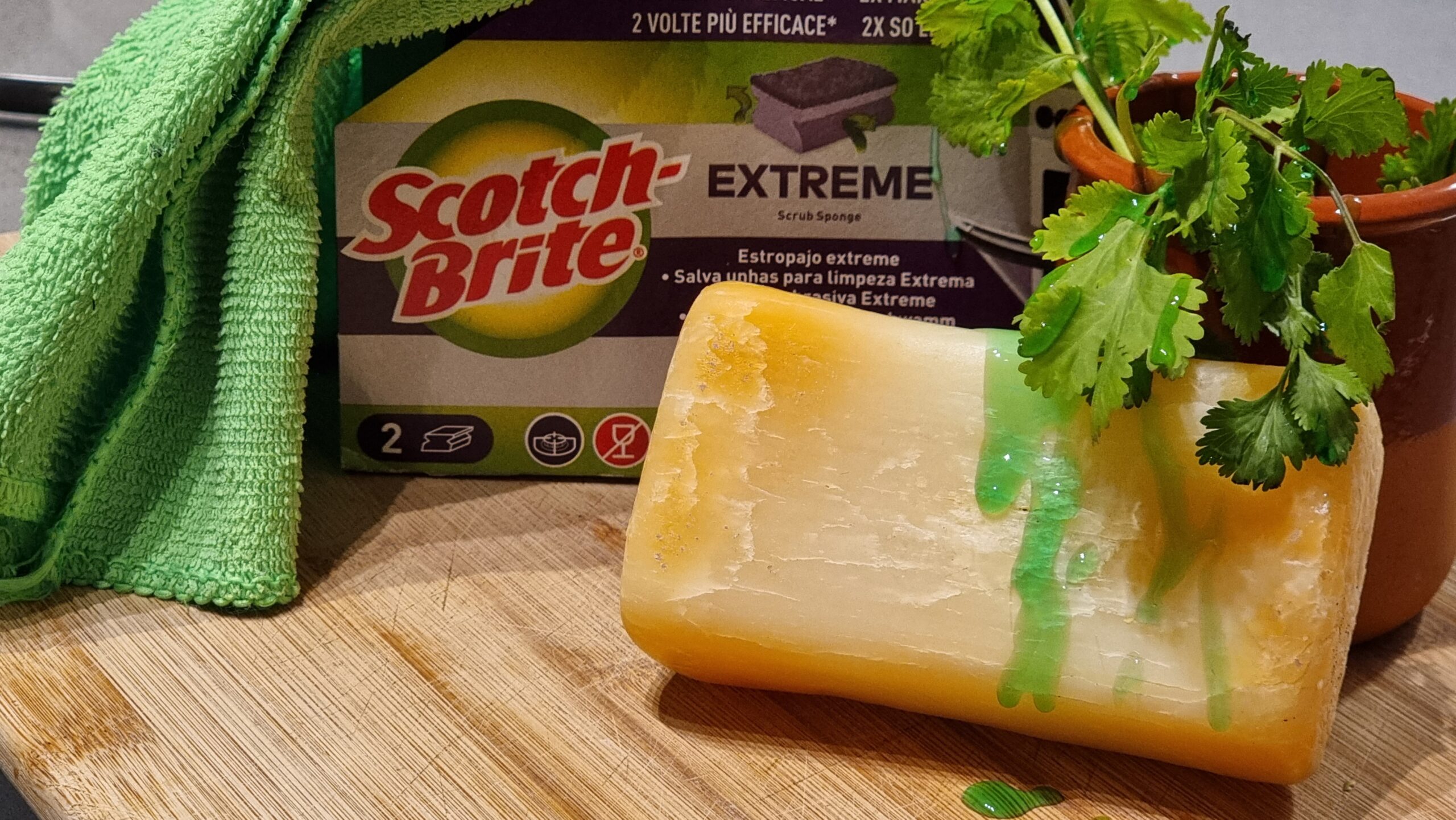Understanding Mayo! Can we salvage it without using another yolk?
You take a bowl, add yolk and whisk in oil slowly. What happens? A product that is thicker than both the liquids that made it, Oil and Water (almost 50% of an egg yolk is water). Are they mixed or homogenized? Here is a thread of questions that will help you understand this phenomenon in a much better way.
Do Oil and Water Mix?
Let’s first get our terminologies straight. What are a mixture and a solution? A mixture is something in which, in the case of liquids, they exist with characteristics of their own (this is most generalized, but enough for our comprehension of this topic) whereas in a solution liquids exist with differential properties than their own, for example, a mixture of ethyl alcohol and water (all of the alcohol doesn’t evaporate from those sauces, more on that later!). Normally, oil and water don’t mix (couldn’t be more obvious, right?), but why? Water molecules are made up of oxygen bonded to two hydrogen atoms and all of these water molecules in a given hunk are linked to each other through a bond called “Hydrogen Bonds”, trust me when I tell you that they’re strong. Oils molecules are snobs that don’t associate with water because they are made of triglyceride, which is a molecule in the shape of a comb with three teeth, composed mainly of carbon and hydrogen.


[Techspeak: Water molecules are polar and only associate with alike ones, and oil is non-polar]
For them to mix we need some molecules that have an affinity towards both water (hydrophilic; water-loving) and oil (hydrophobic; water-hating). It is thanks to these POLAR surface-active or surfactant molecules, present abundantly in egg yolks (also in detergent, but let’s be serious, unless you like to have detergent in your mayo), that mayonnaise is possible.
How do surface-active molecules work?
Think of them as alpenstock with a blob at the end, where the blob is hydrophilic and the wand is hydrophobic. When they are present in an environment containing both oil and water they tend to move and bond with their loved ones. For an emulsion (the fancy name for the mixture mentioned about, but quite serious) to happen, we whisk the oil in the yolk vigorously so as to divide it into small droplets which get sort of “coated” with the surface-active molecules, as shown in the diagram below.

As mentioned before these surface active molecules are polar (meaning differently charged at the ends), which is the reason that oil droplets don’t congeal (unless forced to), hence stabilizing the mixture, because those hydrophilic heads (because they have the same charge) repel each other which are present on the outer periphery of the droplets. So all in all we are not making a solution but rather a mixture (an emulsion) in which both oil and water are present with their characteristics.
Why does it become viscous even when it is made of two liquids?
When we start whisking in oil, it is divided into very small droplets which occupy all of the aqueous phases, to paraphrase, elbow room reduces for the droplets. The pictorial representations below will give you a better understanding of the same.


So we can deduce that,
The viscosity of a mayo ∝ ratio of oil to water
The viscosity of a mayo ∝ 1/ration of water to oil
Why don’t we whisk the egg yolk in oil?
For a very simple reason that surface active molecules “coat” oil molecules more readily than they do water. Also, the stability of the hydrogen bond is much more, so much so that it overcomes the repulsion of the micelles containing water and congeal. Also, it is easier to divide oil into small droplets than vice versa because the surface tension of water is more than that of oil.
How much of it can we make with egg yolk?
It is one of the most sensitive questions of all. Harold McGee made close to 24 Lt. of mayo with a single yolk, not kidding read “On Food and Cooking”. It’s not the question of the number of yolks, they vary a great deal all over the world, but rather the number of surfactants (lecithin and some proteins of the yolk) and water. If somehow the amount of these two can be equilibrated with the amount of oil present, you can make liters of mayo yourself.
Pro Tip: When you make mayo at home don’t use whole egg yolk instead use only a few drops of it, it’ll help your mayo to not have that distinct “eggy smell”. But if present, keep in mind that this smell adds another characteristic to it, some people like it and some don’t.
Why does it curdle?
It splits because of the flocculation of oil, which can happen because of two reasons. First, lack of water, wherein the mayo becomes too thick and there is no place for the oil droplets to settle, and they sort of fuse into each other till they form a very big droplet that gets detached from the emulsion. Second, the oil was not whisked vigorously enough for it to be spread and divided into droplets. It is said that whisking must not be stopped till mayo begins to form. It is absolutely true (Yeah, I’m not AGAINST lores). It is so because in the beginning the amount of water is more than the oil, so the oil droplets can escape the action of the whisk, and the rest is self-explanatory. Also, one of the reasons can be that the temperature of the oil was very low, in which case it is difficult for us to break it apart into smaller globules.
How to salvage it when it’s split?
Cookbooks are flooded with remedies for this. Most of which are true like whisking vigorously, adding water (in the form of citric juices, vinegar, or even plain ol’ water), and whisking, etc. But let’s focus on the “New Yolk” one, I ask why do we need a new yolk. all the molecules are present in our broken mayo but it’s just that they are not in a proper configuration. Why use another egg? The key here is patience, let the curdled mix sit and let the oil come on top, then drain off the oil and start whisking the remainder and again add oil drop by drop, try it, you’ll save an egg.
Images from:
https://wallpapercave.com/bubbles-water-gradient-hd-wallpapers







